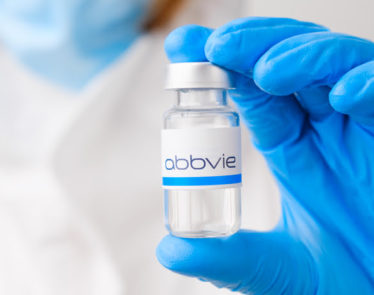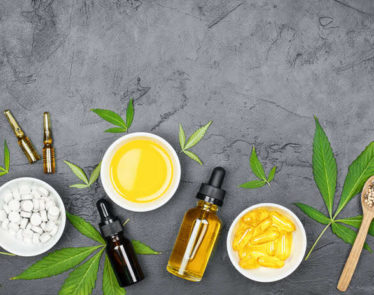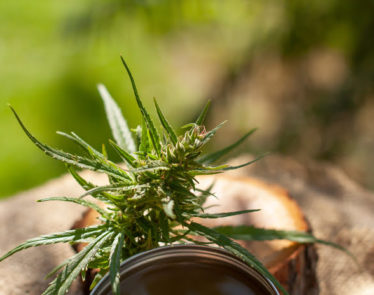
Across the United States, and around the world, we are seeing more and more support for the legalization of marijuana. For decades, marijuana has been classified as an illegal drug with no medical benefits and labeled as a gateway drug to other, more harmful and even deadly drug use. Although there are some negative effects of marijuana use, studies and advancements in technology have shown that there are a multitude of beneficial effects for using the herb as well. Because of these benefits, most of the states in the US have legalized medical marijuana.
In addition to medical marijuana, recreational adult marijuana use has also been legalized in many states, and Canada just became the most recent country to follow suit. This is primarily because the negative effects of using marijuana are minimal, or non-existent, in comparison to the beneficial effects of marijuana use.
Even with the great strides in legalization of the drug at a state level, marijuana is still illegal under federal law in the United States. The archaic laws banning marijuana are simply ensuring that marijuana remains the most widely used illegal drug in the United States.
To get a better idea of how marijuana may affect you, let's take a closer look at the potential risks and benefits of marijuana and its effects.
What are the Potential Effects of Marijuana?
Marijuana, or cannabis, is composed of more than 500 different chemicals, and each of them has a different effect on your body.
The most commonly recognized chemical found in the cannabis plant is the delta-9 tetrahydrocannabinol, or THC for short. THC is the psychoactive component in marijuana that gives users a euphoric feeling or a 'high,' but not all strains of marijuana have the same levels of THC.
The more THC in the strain, the more dopamine that will be released in the brain, and the more intense the high. In addition to a feeling of being high, THC has other effects which can vary by person, marijuana strain, and how the marijuana is being used—typically either by inhaling or ingesting it. Some of these include:
- Hypersensitivity including brighter colors and intensified sounds
- Altered perception of time
- Increased feelings of anxiety, fear, or panic
- Increased sense of calm and well-being
- Increased heart rate
- Mood swings
- Impaired motor skills
- Impaired critical thinking and problem solving
- Hallucinations with exposure to a high dose of THC have been reported
It is important to note that most of the negative effects of marijuana use are short-term and will typically recede within hours of your last use.
In addition to THC, studies have focused on another compound found in marijuana, cannabidiol, or CBD. CBD is not psychoactive, and therefore it does not result in the user feeling high. In fact, CBD can effectively counteract some of the effects from THC.
CBD has become a popular marijuana extract because it has proven to be a great way to relieve entire-body ailments such as multiple sclerosis, Crohn's Disease, anxiety, paranoia, as well as general aches and pains. Infusing the CBD extract into tinctures, edibles, or even teas, is the easiest way to take advantage of the effects that CBD has on your body.

How Do You Minimize the Negative Effects of Marijuana?
How you use marijuana can influence how marijuana affects you. There are primarily two options to get cannabis into your system: inhale it or ingest it. Either way, you are certain to introduce the chemical composition of marijuana into your system, but is one way better than the other?
Let's take a closer look at the different ways people use cannabis and how you may be able to minimize the negative effects of marijuana.
When you first think of someone using marijuana, you may imagine them sitting in front of a large water bong or smoking a blunt that is as long as your forearm. While these are options, they are not the only way for you to benefit from the effects of marijuana and they are not the most efficient way to use marijuana.
Inhaling marijuana is the quickest way for the THC to make its way into your bloodstream and to your brain, so it is no surprise that many users smoke marijuana in a cigarette (joint), pipe, blunt, or bong. However, you can get more out of your marijuana by vaping.
Vaping is a better choice for your lungs because smoking marijuana can have a negative effect on your breathing. Some research shows that cannabis initially helps open your lungs and airways, but that long-term use can cause your lungs to lose strength and capacity. More research is still needed to determine if smoking marijuana over time leads to other breathing problems and lung issues such as asthma or chronic obstructive pulmonary disorder.
Another way for you to minimize the negative effects of marijuana use is to ingest it. Ingesting marijuana is not as quick in delivering THC to your brain as smoking would be, but it can be just as effective, and typically the high will last longer than if you had smoked or otherwise inhaled marijuana.
There are a variety of ways that you can infuse marijuana into full meals, or you can try a simple tincture that you can drop under your tongue. Recently there has even been a trend of coffee companies offering THC and CBD infused roasts for your daily cup of joe, but cannabis can be mixed into everything from brownies to lasagna.
What are the Effects of Marijuana on Youth?
While adults may not experience any serious long-term effects from marijuana use, the same may not be true for children, teens, and even young adults.
Regardless of how it is used, marijuana can affect how your body reacts to alcohol and medication. In addition to that, studies have shown that concentration and motor skills are inhibited when under the influence of marijuana.
Researchers are still working on fully understanding the complex ways that marijuana affects us; however, evidence suggests that marijuana use in youth, as well as in women who are pregnant, can cause developmental issues that may not surface until later in life. Some of these developmental issues include underweight newborns and premature birth.
Featured Image: Twitter













